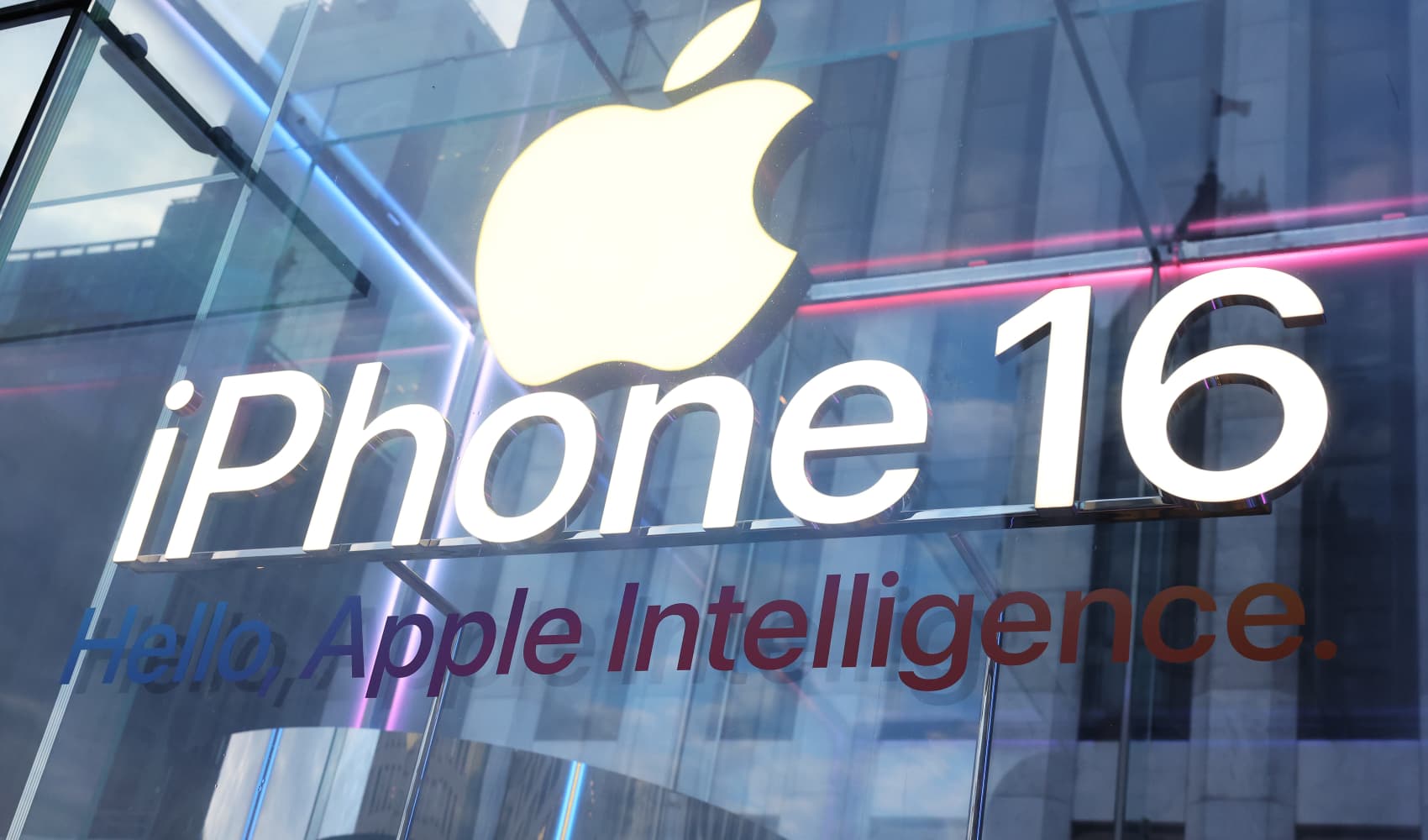
Private colleges often take up the top spots on college rankings. In fact, Princeton University ranks No. 1 overall in The Wall Street Journal's 2024 Best Colleges in the U.S. rankings.
They're not necessarily better schools simply because they're private, but many of these colleges, such as all of the Ivy League institutions, have proven records of churning out high-earners, industry leaders and notable innovators that help bolster their rankings.
But don't count out public colleges and universities, which have their own advantages.
Generally speaking, public schools are often more affordable and sometimes have better campus resources than private institutions.
Get top local stories in Southern California delivered to you every morning. Sign up for NBC LA's News Headlines newsletter.
"Due to their access to public funds, some of these [public] universities have support for multi-year research studies," Amy Hubbard, education consultant at Knovva Academy tells CNBC Make It.
Additionally, "public colleges can offer more institutional or university grants funded by local, federal or state dollars compared to private colleges, which offer more specific scholarships funded by donors."
Don't miss: 10 college majors to check out if you want to make a lot of money—without becoming an engineer
Money Report
The University of Florida in Gainesville, Florida, ranked No. 15 overall, but the highest among public colleges and universities in The Wall Street Journal's 2024 rankings. Its low average net price of under $4,000 makes it a bargain compared with other top-ranked public schools. Factors like its high graduation rate and educational facilities also boosted its overall score.
The Wall Street Journal used a new methodology for its rankings this year that put more emphasis on actual students' experiences in terms of things like campus diversity and resources, as well as their financial outcomes, including salaries and estimates of how long it takes students to pay for school.
The best colleges typically have high graduation rates, reasonable earnings expectations and an overall healthy social and academic environment for students.
These are the 10 best public colleges and universities of 2024, according to The Wall Street Journal:
1. University of Florida—Gainesville, Florida
- Average Net Price: $3,679
- Value added to graduate salary: $44,468
2. New Jersey Institute of Technology—Newark, New Jersey
- Average net price: $17,093
- Value added to graduate salary: $56,495
3. University of Michigan, Ann Arbor—Ann Arbor Michigan
- Average net price: $17,086
- Value added to graduate salary: $54,580
4. Florida International University—Miami, Florida
- Average net price: $6,232
- Value added to graduate salary: $32,946
5. University of Illinois Urbana, Champaign—Champaign, Illinois
- Average net price: $15,483
- Value added to graduate salary: $50,368
6. Texas A&M University, College Station—College Station, Texas
- Average net price: $20,976
- Value added to graduate salary: $44,877
7. Georgia Institute of Technology, Main Campus—Atlanta, Georgia
- Average net price: $14,820
- Value added to graduate salary: $71,375
8. The University of Utah—Salt Lake City, Utah
- Average net price: $12,867
- Value added to graduate salary: $34,456
9. University of Connecticut—Storrs, Connecticut
- Average net price: $21,724
- Value added to graduate salary: $47,076
10. Baruch College—New York, New York
- Average net price: $1,936
- Value added to graduate salary: $45,078
To determine the best colleges and universities in the U.S., The Wall Street Journal used the latest federal data available for salary outcomes and a survey of over 60,900 students and alumni. From there, the publication created three weighted categories to score the colleges:
1. Student outcomes (70%)
- Salary impact versus similar schools
- How long it takes to pay off net price
- Graduation rate versus similar schools
2. Learning environment (20%)
- Quality and frequency of learning opportunities
- Career preparation
- Learning facilities
- How much students would recommend the school to a friend
3. Diversity (10%)
- Opportunities to interact with students from different backgrounds
- Ethnic diversity of faculty
- Proportion of Pell Grant recipients (typically students from low-income families)
- Inclusion of students with disabilities
- International diversity of students
The average net prices are for the 2020-21 academic year as reported by the Department of Education's College Scorecard.
The Wall Street Journal took the median earnings among graduates of the college and subtracted the median earnings of residents in the state with only high school diplomas to estimate the amount of money graduates earn that is attributable to the college. In other words, the value added to graduate salaries.
DON'T MISS: Want to be smarter and more successful with your money, work & life? Sign up for our new newsletter!
Want to earn more and land your dream job? Join the free CNBC Make It: Your Money virtual event on Oct. 17 at 1 p.m. ET to learn how to level up your interview and negotiating skills, build your ideal career, boost your income and grow your wealth. Register for free today.






